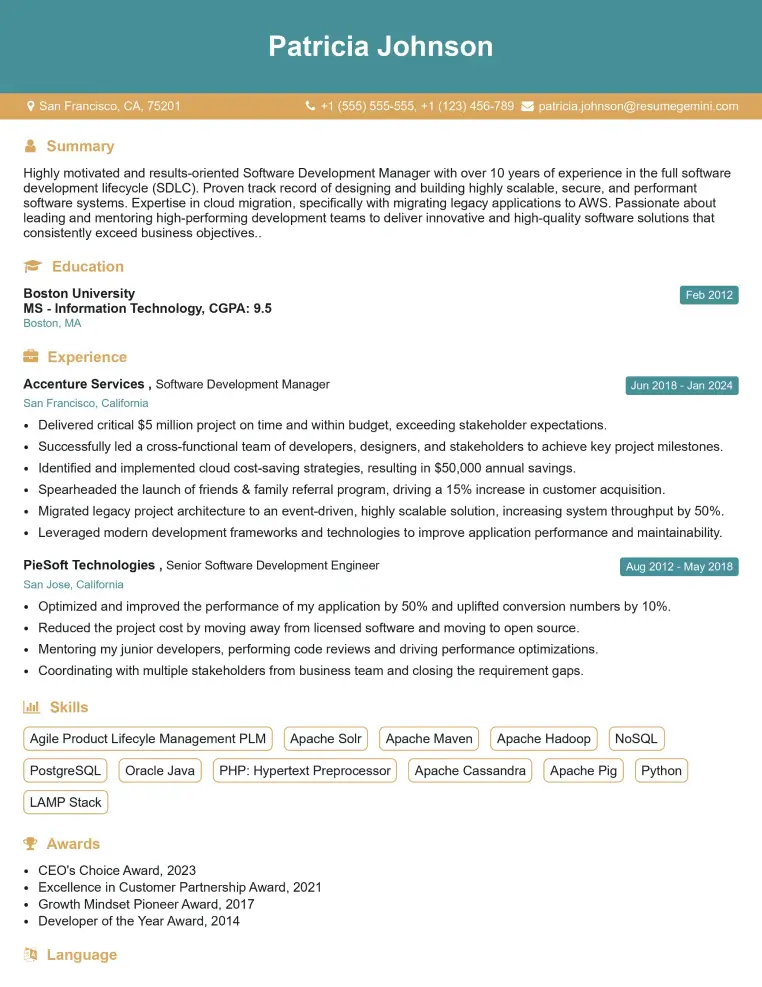“The resume is the most important tool in your job search. It’s your chance to make a great first impression and show potential employers why you’re the best person for the job.” – Alison Doyle
In today’s competitive job market, it’s crucial to have a resume that stands out and showcases your skills and experience. While there are many different resume sections you can include, there are five essential sections that every resume should have.
Crafting a Powerful Resume Introduction
A strong resume introduction is your chance to grab the reader’s attention and make them want to learn more about you. In two to three sentences, summarize your experience, skills, and career goals. Keep it concise and relevant to the job you’re applying for. Use strong action verbs and quantify your accomplishments whenever possible.Quantifying Your Accomplishments for Impact
Numbers speak louder than words, especially on a resume. Whenever possible, quantify your accomplishments to show the impact of your work. For example, instead of saying “Managed a team of 10,” say “Managed a team of 10, resulting in a 15% increase in sales.” By putting numbers to your achievements, you’re making it easier for employers to see the value you can bring to their company.Showcasing Skills that Align with Industry Demand
The skills section of your resume is your chance to highlight the skills you have that are relevant to the job you’re applying for. Make sure to tailor your skills section to each job you apply for, highlighting the skills that are most relevant to the position. To identify the skills that are in demand in your industry, research job postings and industry reports.
Adding Relevant Experience to Demonstrate Expertise
The experience section of your resume is where you can showcase your work history and demonstrate your expertise. For each job you list, include the company name, your job title, the dates you worked there, and a brief description of your responsibilities. Be sure to highlight your accomplishments and the skills you used in each role.
Optimizing Education and Certification Sections for Impact
The education and certification sections of your resume are important for showing employers your academic credentials and professional development. In the education section, list your degrees and any relevant coursework. In the certification section, list any professional certifications you have. Be sure to include the name of the certifying organization and the date you received the certification.
By including these five essential sections in your resume, you can create a powerful document that showcases your skills and experience and helps you land your dream job. For more resume writing tips and resources, visit ResumeGemini.Career Expert Tips:
- Select the ideal resume template to showcase your professional experience effectively.
- Master the art of resume writing to highlight your unique qualifications and achievements.
- Checkout the resume writing tips for guidance and best practices.
- Make your 2025 brighter with a new job. Build a powerful resume with ResumeGemini and save big, enjoy exclusive discounts on premium templates.
Frequently Asked Questions (FAQ’s)
What is the most important section of a resume?
Tailoring your resume to highlight your skills and experience is key. Each job description is unique, and candidates who align their resumes to match the job requirements are more likely to stand out, land interviews, and receive offers. Be selective and include only the most relevant information to create a focused and impactful resume.
How do I write a resume introduction that captures attention?
Craft a compelling resume introduction that starts with a strong, attention-grabbing statement about your career goals and aspirations. Quantify your accomplishments whenever possible, using specific metrics to demonstrate your impact. Keep the focus on your unique selling propositions and the value you can offer to the company.
How can I quantify my accomplishments effectively?
Use numbers and specific metrics to quantify your accomplishments and highlight the impact of your work. For instance, instead of simply stating that you “managed projects,” provide quantifiable results such as “managed projects that resulted in a 15% increase in sales revenue.”
What is the ideal number of skills to list on a resume?
Your resume should showcase a curated list of your top skills, typically ranging between 10 and 15. Focus on including the skills most relevant to the positions you’re applying for. Carefully review the job description and identify the essential skills required, ensuring your resume clearly demonstrates your proficiency in those areas.
Should I include all my work experience on my resume?
When selecting your work experience to include on your resume, prioritize the most relevant positions that align with the job descriptions you’re targeting. Consider excluding irrelevant or outdated experience to maintain a focused and tailored resume.
How do I tailor my resume to specific job descriptions?
Tailoring your resume to each specific job description is crucial. Begin by thoroughly reviewing the job description, noting the required skills, responsibilities, and qualifications. Then, carefully select and highlight the experiences and skills from your career that align most closely with the requirements of the position.
Next Step:
Enhance your resume with ResumeGemini, a leading resume builder platform that helps you create professional, ATS-friendly, and visually appealing resumes tailored to your unique skills and experience.
Try ResumeGemini today and take the first step towards landing your dream job.
- Top 50 Most Common Interview Questions
- The Psychology of a Great Resume: Hacks to Impress Recruiters
- What Mistakes to Avoid When Writing a Resume: A Comprehensive Guide
- Elevate Your Career with Expert Resume Building: Introducing ResumeGemini
- How to Write a Resume Using Google Gemini: Step-by-Step Guide
